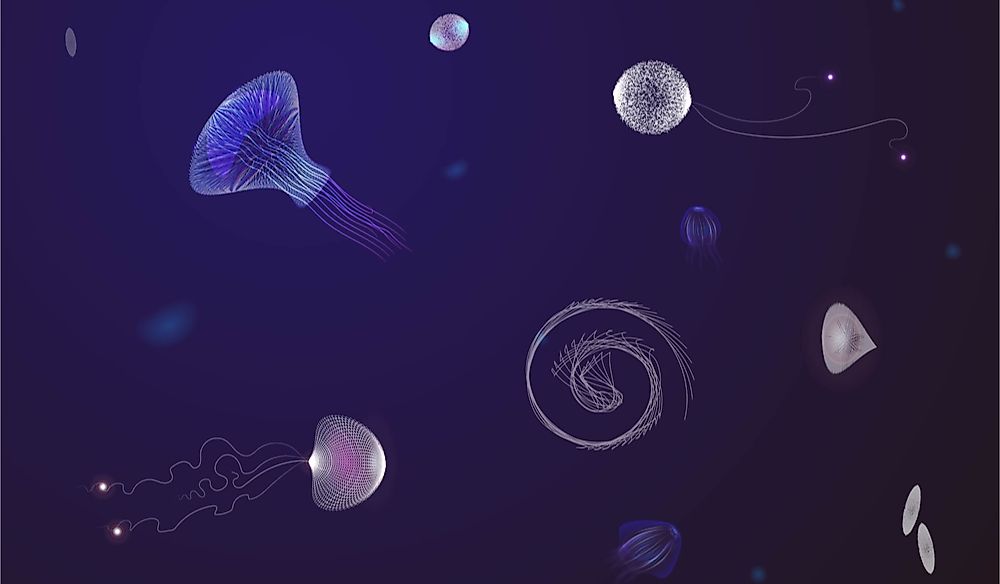What Organisms Live In The Mariana Trench?

The Mariana Trench has some of the harshest conditions on earth. The bottom of the trench is cloaked by perpetual darkness, and the waters are at near-freezing temperatures. The pressure near the bottom is nearly eight tons per square inch. Up until the late 1800s, very little was known about organisms that lived in the depths of the oceans. At the time, most scientists believed that the deep sea was uninhabitable. After dredging the Aegean Sea, Edward Forbes stated in 1859 that the deeper he went, the fewer the organisms he discovered. He, therefore, concluded that life could not exist past the 1,804 feet threshold. His conclusion was later proved wrong by the discovery of sea lilies at depths of 10,000 feet by Michael and Georg Sars who had spent years dredging the fjords of Norway.
First Observations at the Bottom of the Mariana Trench
Nearly a century later, oceanographer Jacques Piccard and Navy Lt Don Walsh descended into the Mariana Trench, the deepest place in the ocean in a submersible called Trieste. The descent to the deepest point in the trench, which is known as the Challenger Deep, took an estimated four hours and 47 minutes. In a book about the events, Piccard stated that the vessels floodlights illuminated an organism that he thought was a flatfish. However, the pair was unable to capture any photographs due to the disturbed silt. Scientists today reckon the creature that Piccard saw was probably a sea cucumber. New deep-sea discoveries were made in the 21st century by crewed and remotely controlled vessels in the depths of the Mariana Trench.
Organisms and their Adaptation to Extreme Pressure
Due to the harsh conditions at the bottom of the Mariana Trench, organisms have over thousands of years developed to have distinct adaptations that fit the environment. To survive the cold and the extreme pressure of the ocean trenches, the organisms have membranes that have unsaturated fats that remain liquid at such conditions and keep the membrane loose. Deep-sea organisms also have a lot of piezolytes in their cells that bind to water molecules and prevent the water from being forced into their proteins and distorting them. The snailfish was found to be the world’s deepest fish at a record 26,722 feet deep. Organisms located further below in areas such as the Challenger Deep consist of amphipods that are nearly a foot long. These organisms have a piezolyte known as scyllo-inositol. Other organisms found at extreme depths include foraminifera. Clumps of bacteria have also been found on rocks in the Sirena Deep which is east of the Challenger Deep.
Organisms Adapted to the Lack of Sunlight
The stout blacksmelt has large eyes that capture any light that makes it to the bottom. The tripod fish which gets its name from elongated fins relies solely on vibrations touch to sense its prey. Other species such as the lanternfish emit light through a process called bioluminescence, which it uses to attract prey and mates.
Feeding at the Bottom of the Mariana Trench
The absence of sunlight in the deepest reaches of the Mariana Trench means that there are no plants or algae to support the food chain. Deep-sea organisms have to rely on decaying matter from dead creatures from the upper regions of the ocean. Deep-sea creatures such as hagfish feed on the carcasses while bone worms consume the bones. The ping-pong tree sponge is a hunter and impales its prey with the use of its sharp spikes.











